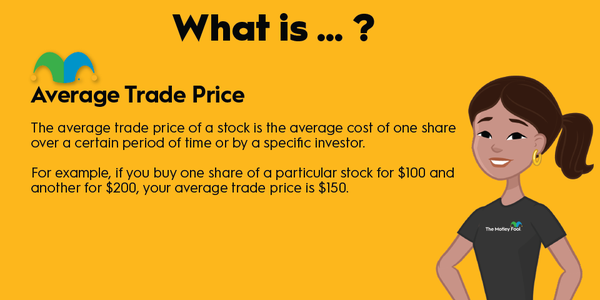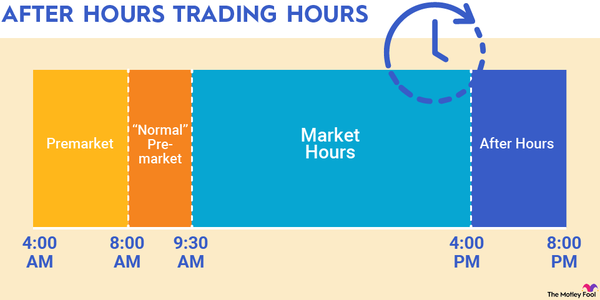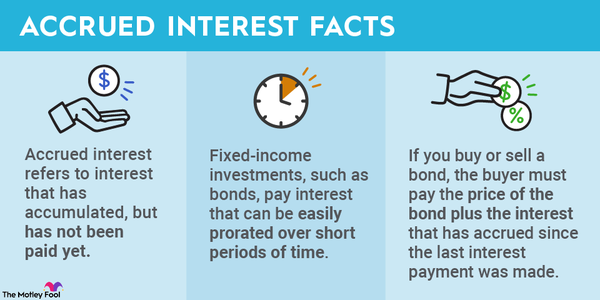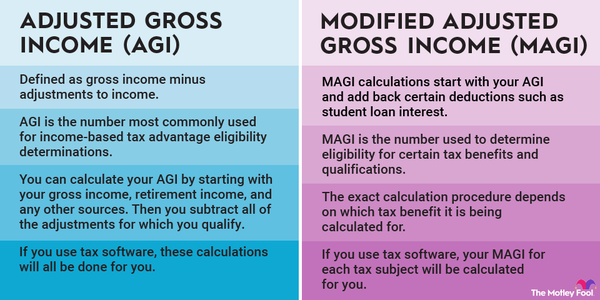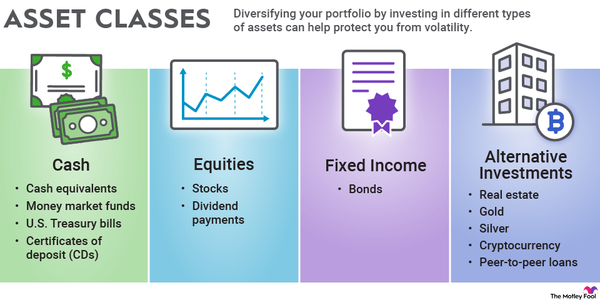Assets under management (AUM) are the financial assets a person or entity manages for their clients. AUM is a key performance metric for many companies in the financial sector. A growing AUM suggests a company is increasing its business and profits.
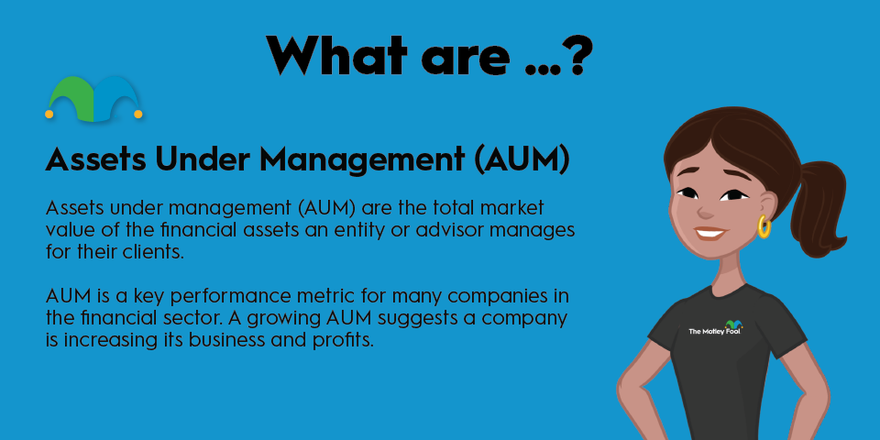
Here’s a closer look at assets under management, what causes AUM to change, its importance to investors, and some of the largest companies by AUM.
What is it?
What are assets under management (AUM)?
Assets under management (AUM) are the total market value of the financial assets an entity or advisor manages for their clients. These assets can include:
- Cash: Examples are cash, money market funds, and certificates of deposit (CDs).
- Fixed income: Fixed-income assets include municipal bonds, corporate bonds, and government bonds.
- Equities: Equity assets include stocks, ETFs, and mutual funds.
- Alternative investments: Alternative investments include hedge funds, real estate investments, and private equity.
AUM is the combined total of the current market value of all the assets a firm has under its control. For example, if a financial firm manages $6 billion in cash assets, $14 billion in fixed income, $20 billion in equities, and $4 billion in alternatives, its AUM would be $44 billion.
Understanding changes in AUM
Understanding changes in assets under management (AUM)
A financial institution’s assets under management change over time due to the following factors:
- Fund inflows or outflows: Investors will increase or decrease the size of their investment in a fund or with an asset manager based on market conditions, performance, and other factors. Large fund flows can affect AUM.
- Changing market values of securities: Asset managers will mark the value of their assets to the current market price each period. Changes in market value can affect the total value of a firm’s AUM.
- Distributions paid to investors: Dividend payments, return on capital, and other distributions paid to investors can reduce the value of the total assets in a fund that a firm manages.
- Acquisitions or divestitures: Corporate transactions can also affect a firm’s AUM. If a financial firm acquires a rival, the transaction should increase its AUM.
For example, an asset manager entered a period with $1 billion of AUM. During the quarter, the company had $150 million of inflows and $50 million of outflows, giving it $100 million of net fund inflows. Meanwhile, the market value of all the securities it manages declined by $50 million. As a result, the firm ended that subsequent period with $1.05 billion of AUM.
Why are they important
Why assets under management (AUM) are important for investors
Many financial institutions earn fees for administering the assets they have under management. The more assets an institutional investor manages, the more money it can make in fees. In addition, financial firms can earn advisory fees, performance revenues, and other income for managing assets on behalf of clients.
Significant changes in AUM from one period to the next can alter an investment firm’s value because it will affect its earnings. A surge in AUM due to significant fund inflows and rising market values typically means the firm will generate more income in the future. Conversely, massive fund outflows can affect profits and could suggest a firm is losing business.
Ideally, investors want to see a financial firm steadily increase its AUM. A rising AUM suggests a financial firm has a strong relationship with clients, which continue entrusting it with more of their money. Meanwhile, a steadily falling AUM is a warning sign that clients are losing faith in a firm and taking their business elsewhere.
Companies with the largest AUM
Companies with the largest assets under management (AUM)
Many financial companies manage assets for their clients. According to the Sovereign Wealth Fund Institute, the top 100 asset managers had almost $57 trillion of AUM at the end of 2022. The top 10 were:
- Blackrock (BLK 0.69%): $8.59 trillion of AUM.
- Vanguard Group: $8.10 trillion.
- Fidelity Management & Research: $3.88 trillion.
- The Capital Group: $2.20 trillion.
- Amundi: $2.01 trillion.
- Pacific Investment Management Company (PIMCO): $1.74 trillion.
- Invesco (IVZ 1.1%): $1.41 trillion.
- Wellington Management Company: $1.40 trillion.
- Franklin Resources (BEN -0.4%): $1.39 trillion
- T. Rowe Price (TROW 4.77%): $1.35 trillion.





